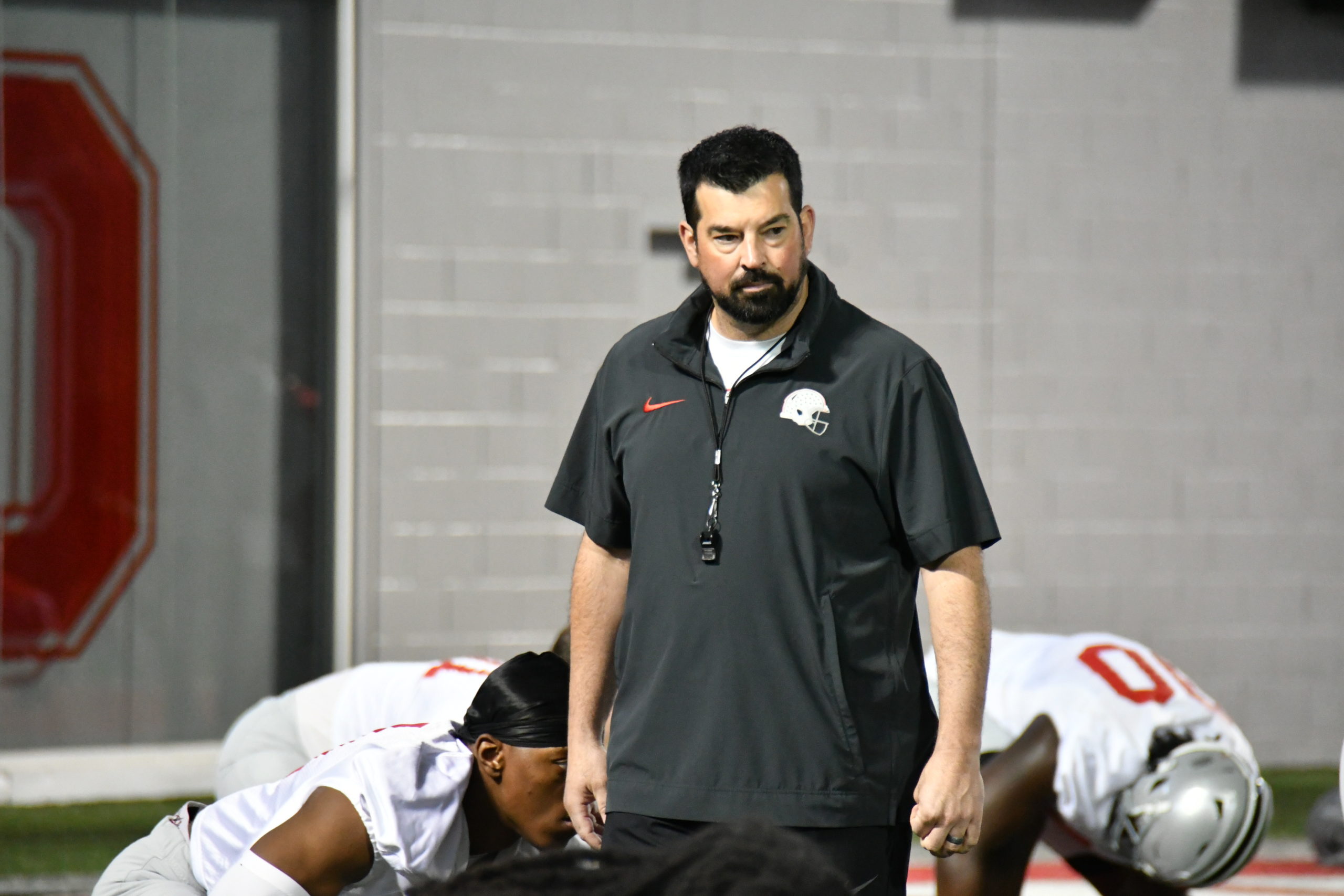
The ever evolving world of college football is expected to undergo yet another significant change in 2025-26 when the NCAA permits schools to directly share revenue with student-athletes up to a cap of 22 percent of the average revenue for power conference programs.
While this new rule will drastically alter the game, likely giving way for schools to directly set up NIL deals for their student-athletes rather than NIL collectives bid for lucrative deals, Ohio State head coach Ryan Day believes this is a step in the right direction for the future college football.
“I do,” Day said on Tuesday when asked by a group of reporters at Ohio State’s Wexner Medical Center if revenue sharing is a positive thing for the game. “I think it’s the first step in institutionalizing all of this. There’s still a lot of things to be figured out, but we’re excited about it.”
Day, who, along with his wife, Nina Day, received the STAR Award for Outstanding Contributions in the Fields of Trauma and Resilience that day at Ohio State’s annual Faces of Resilience event, added that there are still some technical things that need to be sorted out with this new model, especially regarding how the revenue will be spread out between different programs and if Title IX will become a factor in this change.
But he did express confidence that revenue sharing will become an important — and also beneficial — addition to his program, giving he and his staff the ability to simplify their recruiting pitches rather than having to increasingly rely on the influence of NIL collectives to entice players to play for Ohio State.
“There’s other avenues where NIL can happen, sponsorships and things like that. But that (the shared revenue) is going to be a number that we feel like is really going to help our total pot,” Day said. “And I think that’s really important for recruits to understand that. With Alston money and cost of attendance, there’s a lot of things now that are going to be institutionalized, which certainly does make things easier. We still believe that collectives are still going to be a big part of what we do. And so we have to make sure we find that balance.”
While Day sees revenue sharing as an overall positive thing for both his program and the overall state of the game, he did see one negative with this development, that being the shrinking of roster spots that may come with this change. The Buckeyes’ leader said that the NCAA’s potential decision to reduce football rosters to only about 85 scholarship players, eliminating walk-ons from rosters, is something he does not want to see take place, as having non-scholarship players within a program is a staple of college football that should not be taken out of the game.
“I feel like the walk-on position has been something that’s been part of college football for a long time,’ Day said. “I don’t think any of us want to take that away from college football. There also are a lot of things that need to be considered here as we work in the revenue sharing in a year from now. I know there’s a lot to be unpacked there, but I don’t think any coach would tell you they want to lose the walk-on position. So I think we need to make sure that we have that in college football moving forward.”








